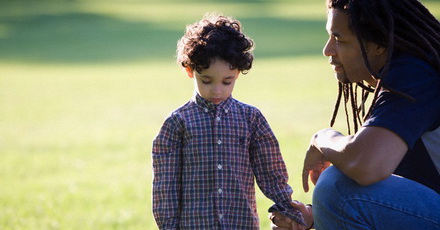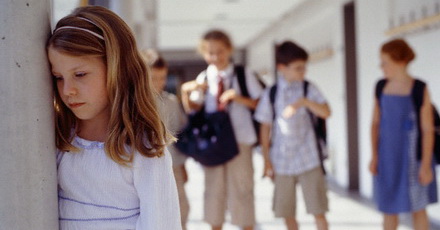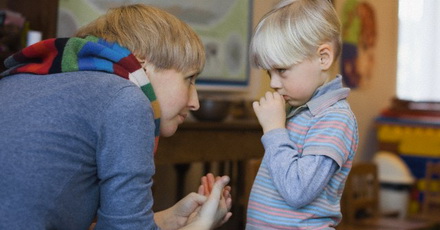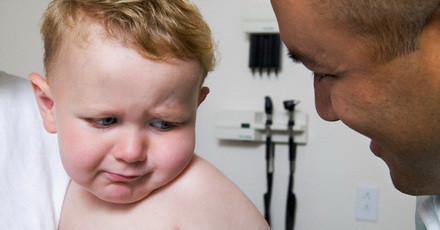

Selective Mutism
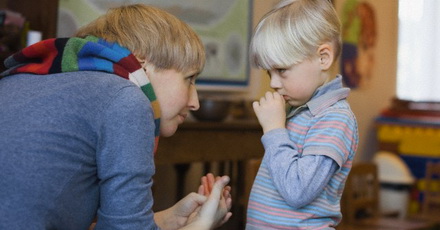
Brief description:
When children experience extreme anxiety in social situations to the point of consistently refraining from speaking in those situations-typically in public places such as school, church or on the playground-but is completely comfortable talking in other situations (typically home), he or she may be suffering from selective mutism. Confusing to the adults around them, kids have a very clear delineation of "talk" and "not-talk" zones. Though this puzzling situation is sometimes construed by adults as being manipulative or an attempt to control the situation on the child's part, what is in charge is the invisible hold which the brain has on the child keeping the words stuck in their throat.
Red flags:
-
Does not speak in certain places; such as school or other social events
-
Can speak normally in other settings where they are comfortable such as in their home
-
Child's inability to speak interferes with his ability to function in educational and/or social settings
-
Child appears to freeze up, be stiff and statue-like in target setting
-
Mutism has persisted for at least one month
Treatment focus:
Treatment for selective mutism as with social anxiety in general involves identifying the thoughts or messages which the child may be having in a fearful situation, (I'll make a mistake, my voice will sound scratchy, people will stare) righting the "worry wrongs" with more accurate ideas (everyone makes mistakes, no one will laugh, I have a nice voice, it doesn't sound weird) and then using a hierarchy of fearful situations begin to attempt communication in those situations beginning with the least challenging. Begin to define communication very broadly- eye contact, a smile, holding up a sign, writing on a white board all are ways of communicating.
If adults can de-emphasize the importance of words, and look to the child's other ways of communicating, e.g., using sounds, hmm, make a sound of approval, shaking your head in agreement or disagreement. When a child can get off of the sidelines of communication by increasing the non-verbal or semi-verbal utterances, they will not be deprived of social feedback, and won't have to wait until can talk before gets the "goodies" of social reinforcement from other kids.
Brought to you by The Children's and Adult Center for OCD and Anxiety.









